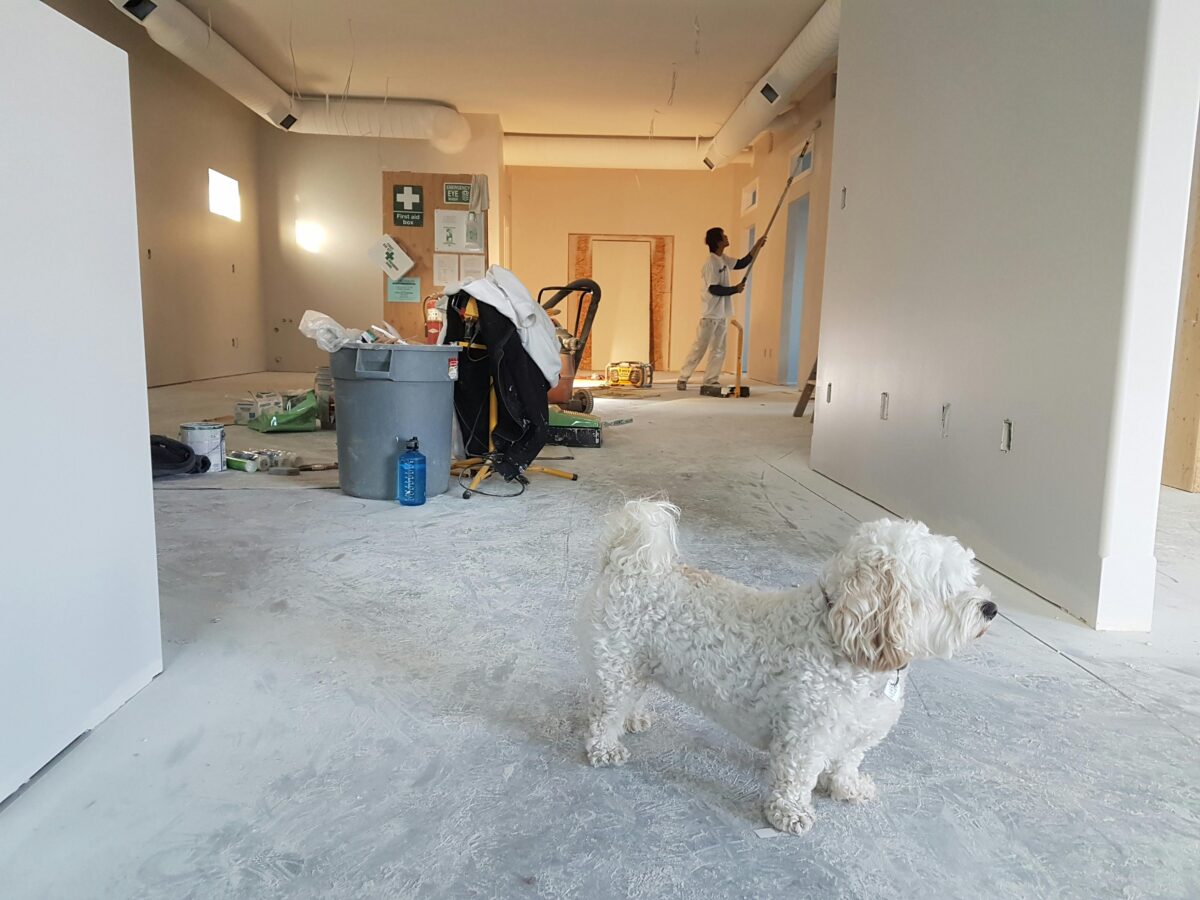Embarking on a low cost house renovation can be both an exciting and daunting journey. For homeowners, first-time buyers, and DIY enthusiasts alike, transforming a space while adhering to a budget requires careful planning, creativity, and resourcefulness. Whether you’re looking to update your kitchen, refresh your living room, or enhance your outdoor area, this guide will provide you with practical tips, essential tools, and inspiring ideas to help you achieve your renovation goals without breaking the bank.
#1 Understanding Low Cost House Renovation: What to Expect
Low cost house renovation is about maximizing your home’s potential while minimizing expenses. It involves strategic planning and prioritizing projects that offer the best return on investment. Expect to face challenges, but with the right mindset and preparation, you can navigate these hurdles effectively.
Identifying Key Areas for Improvement
Start by assessing your home. Identify areas that need improvement or updating. Focus on spaces that will enhance your daily living experience or increase your property’s value. Common areas to consider include:
- Kitchens
- Bathrooms
- Living areas
- Outdoor spaces
#2 Setting a Realistic Renovation Budget
Creating a budget is crucial for any renovation project. Start by listing all potential expenses, including materials, labor, permits, and unexpected costs. A well-structured budget allows you to track your spending and make informed decisions throughout the renovation process.
Sample Budget Breakdown
Here’s a simple breakdown for a budget home renovation:
- Materials: $1,500
- Labor (if applicable): $1,000
- Tools Rental: $300
- Permits: $200
- Contingency Fund (10%): $300
Total Estimated Cost: $3,300
#3 Essential Tools and Materials for Budget Renovations
Having the right tools and materials can significantly reduce costs and improve efficiency. Here’s a checklist of essential items for any budget renovation project:
- Measuring tape
- Level
- Utility knife
- Hammer
- Drill and drill bits
- Screwdrivers (flat and Phillips)
- Pliers
- Paintbrushes and rollers
- Drop cloths
- Safety goggles
- Dust mask
- Caulk and caulking gun
- Sandpaper
- Paint and primer
- Tile cutter
#4 Safety First: Key Precautions for DIY Renovators
Safety should always be a priority during any DIY renovation. Here are essential precautions to consider:
- Wear protective gear, including gloves, goggles, and masks.
- Ensure proper ventilation when using paints and solvents.
- Be cautious when using power tools; follow the manufacturer’s instructions.
- Keep a first aid kit accessible in case of minor injuries.
- Work with a partner for heavy lifting and complex tasks.
#5 Step-by-Step Guide: Planning Your Renovation Project
Effective planning is key to a successful renovation. Follow these steps to streamline your project:
Define Your Goals
Clearly outline what you want to achieve with your renovation. Is it aesthetic improvement, increased functionality, or both?
Create a Timeline
Establish a timeline based on your project scope. For smaller projects, aim for a few weeks, while larger renovations may take several months. Include buffer time for unexpected delays.
Gather Inspiration
Collect ideas from magazines, websites, and social media platforms. Create a mood board to visualize your desired outcome.
Research and Plan
Research materials and tools needed for your renovation. Compare prices to find the best deals. Plan each phase of your project to ensure a smooth workflow.
#6 Top Low Cost Renovation Ideas for Every Room
Transforming your home doesn’t have to be expensive. Here are some budget-friendly renovation ideas for various rooms:
Kitchen Updates
- Paint cabinets instead of replacing them.
- Install a new backsplash using peel-and-stick tiles.
- Update hardware such as knobs and pulls for a fresh look.
Bathroom Refresh
- Re-grout tiles for a cleaner appearance.
- Replace fixtures like faucets and showerheads.
- Add a fresh coat of paint to walls for a vibrant change.
Living Room Enhancements
- Use removable wallpaper for an accent wall.
- Rearrange furniture to create a new layout.
- Incorporate plants for a touch of nature.
#7 DIY vs. Professional Help: When to Save and When to Spend
Deciding between DIY and hiring a professional can be challenging. Assess each project’s complexity and your skill level. Here are some guidelines:
When to DIY
- Simple tasks like painting, landscaping, or changing fixtures.
- Projects that require minimal tools and expertise.
When to Hire a Professional
- Complex electrical or plumbing work.
- Structural changes that require permits.
- Projects that may exceed your skill level, leading to costly mistakes.
#8 Timeline: How to Renovate Efficiently on a Budget
Creating an efficient timeline is crucial for staying on track. Here’s a general outline based on project size:
Small Projects (1-2 weeks)
- Painting a room: 1 week
- Updating fixtures: 1-2 days
Medium Projects (3-4 weeks)
- Kitchen backsplash installation: 1 week
- Bathroom fixture updates: 2 weeks
Large Projects (1-3 months)
- Full kitchen remodel: 2-3 months
- Bathroom renovation: 1-2 months
#9 Common Budget Renovation Challenges
Even with careful planning, challenges may arise during renovations. Here are common issues and solutions:
Unexpected Costs
Always set aside a contingency fund (10-15% of your budget) to cover unforeseen expenses.
Delays in Material Delivery
Order materials in advance and consider alternatives to avoid significant delays.
Skill Level Limitations
Know your limits. Don’t hesitate to seek professional help for tasks that exceed your expertise.
Design Confusion
Stick to your mood board and initial vision to maintain focus and avoid costly changes.
Permitting Issues
Research local regulations before starting work to ensure compliance and avoid fines.
#10 Maximizing Value: Where to Splurge and Where to Save
Understanding where to allocate your budget can significantly enhance your renovation outcomes. Here’s a breakdown:
Areas to Splurge
- Quality kitchen appliances that improve functionality.
- Durable flooring that withstands wear and tear.
- Bathroom fixtures that enhance aesthetics and efficiency.
Areas to Save
- Paint and decor, which can be updated frequently.
- Minor hardware and accessory changes.
- DIY projects that can be completed with minimal tools.
